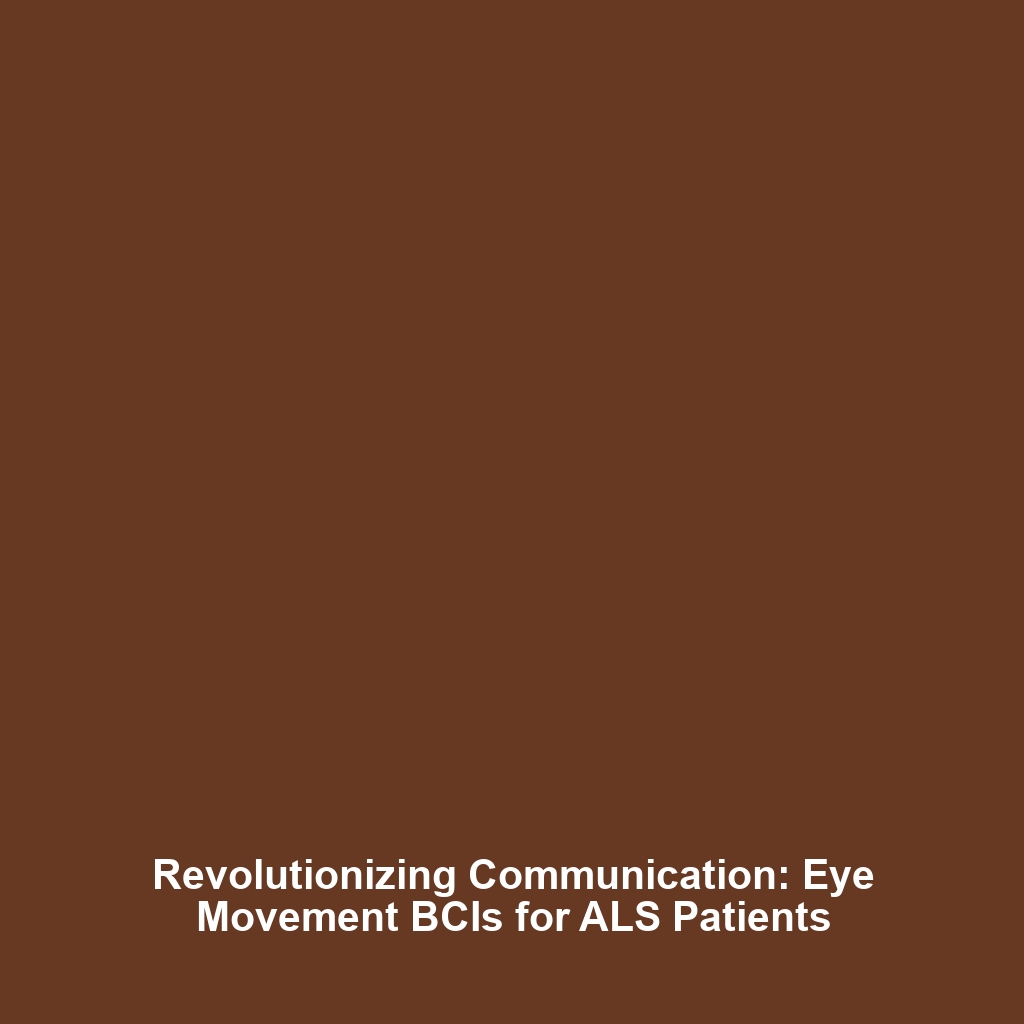Hydroponics and Aeroponics: Soil-less Growing Methods for Food Production in Martian Habitats
Introduction
As humanity sets its sights on colonizing Mars, sustainable food production becomes a paramount concern.
Hydroponics and aeroponics represent cutting-edge, soil-less agricultural methods that hold significant promise for growing food in the harsh Martian environment. These innovative systems not only eliminate the need for soil but also optimize resource use, making them ideal for creating self-sustaining habitats.
Understanding their importance in colonizing Mars is essential for establishing viable human life beyond Earth.
Key Concepts
Hydroponics
Hydroponics is a method of growing plants using nutrient-rich water instead of soil. This technique allows for efficient growth and can be implemented in controlled environments, which is crucial for Mars’ unpredictable climate.
Aeroponics
Aeroponics, on the other hand, involves growing plants in an air or mist environment where the roots are suspended in the air. This method requires even less water than hydroponics and can promote faster plant growth, making it an attractive option for Martian habitats.
Both methods reduce dependency on Earth-based resources, making them essential components of food production systems for future colonization missions.
Applications and Real-World Uses
The potential applications of hydroponics and aeroponics in the context of colonizing Mars are vast. Here are some significant real-world examples:
- NASA’s Veggie Project: This initiative has successfully grown plants using hydroponics aboard the International Space Station (ISS), demonstrating the feasibility of off-Earth agriculture.
- Research in controlled environment agriculture: Various experiments in aeroponic systems on Earth have provided valuable data that can be adapted for Martian conditions.
- Urban agriculture: The rise of urban hydroponic farms illustrates practical applications and effectiveness in resource-scarce environments, akin to those on Mars.
Current Challenges
Despite their promise, applying hydroponics and aeroponics in Martian habitats presents several challenges:
- Resource management: Ensuring a continuous supply of water and nutrients in the limited Martian environment.
- Environmental control: Creating consistent temperature, humidity, and pressure settings necessary for optimal plant growth.
- Biological challenges: Addressing potential contamination and ensuring crop health in isolated systems.
Future Research and Innovations
The future of hydroponics and aeroponics in Martian food production is promising, with ongoing research focused on:
- Genetic modification of plants to improve resilience and nutritional value.
- Next-generation lighting systems to mimic sunlight, optimizing energy use.
- Advanced nutrient solutions tailored to the unique needs of Martian crops.
Conclusion
Hydroponics and aeroponics are crucial in developing sustainable food systems for colonizing Mars. As research progresses, these soil-less growing methods will play an instrumental role in ensuring that future Martian colonies can thrive. To learn more about the future of space agriculture, consider exploring additional resources on this topic or related studies on sustainable food production.

